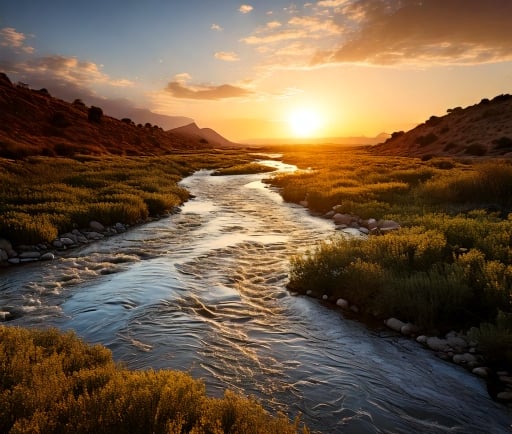The Dwindling Waters of Lake Urmia: A Saltwater Sanctuary at Risk


Introduction to Lake Urmia
Located in northwest Iran, Lake Urmia is renowned as the sixth largest saltwater lake globally, spanning an impressive surface area of 2,300 square miles. This natural wonder is not merely a tourist destination or a geographical landmark; it plays a vital ecological role and supports various life forms, including unique salt-loving organisms. However, this precious lake finds itself facing unprecedented challenges due to human activity and climatic shifts.
The Shrinking Shores of Lake Urmia
Over recent decades, Lake Urmia has experienced a substantial reduction in water levels, shrinking by approximately 10 percent due to a combination of severe drought conditions and the damming of inflow rivers. The region has witnessed numerous environmental changes, significantly impacting the local ecosystem and communities that rely on the lake for their livelihood. The decreased water levels have led to increased salinity, thereby restricting the growth of diverse aquatic life forms and affecting the birds and other wildlife that depend on them.
Implications of the Diminishing Saline Waters
The implications of Lake Urmia’s shrinking waters extend beyond environmental concerns. The local economy, reliant on fishing, tourism, and agriculture, has been deeply affected. As the lake recedes, it alters weather patterns, causes dust storms, and poses health risks to the surrounding populations. Furthermore, the ecological consequences reinforce the need for immediate interventions to preserve this critical habitat. Efforts have been initiated by local and international environmental organizations to combat the lake's deterioration, seeking sustainable solutions for water management and ecosystem preservation.
Conclusion: A Call to Action
The fate of Lake Urmia should encourage reflection and action. Preserving this vital saltwater lake is not just about conserving a body of water; it’s about saving an ecosystem foundational to both local biodiversity and human livelihoods. Addressing the causes of the lake's desiccation requires a concerted effort involving governmental policy changes, international cooperation, and community engagement. The time to safeguard Lake Urmia is now, so this natural treasure can continue to thrive for future generations.
